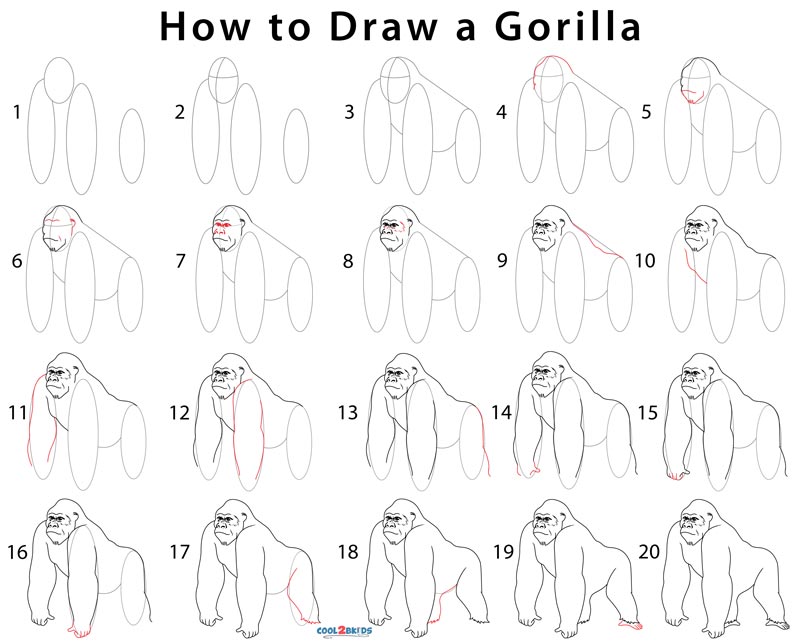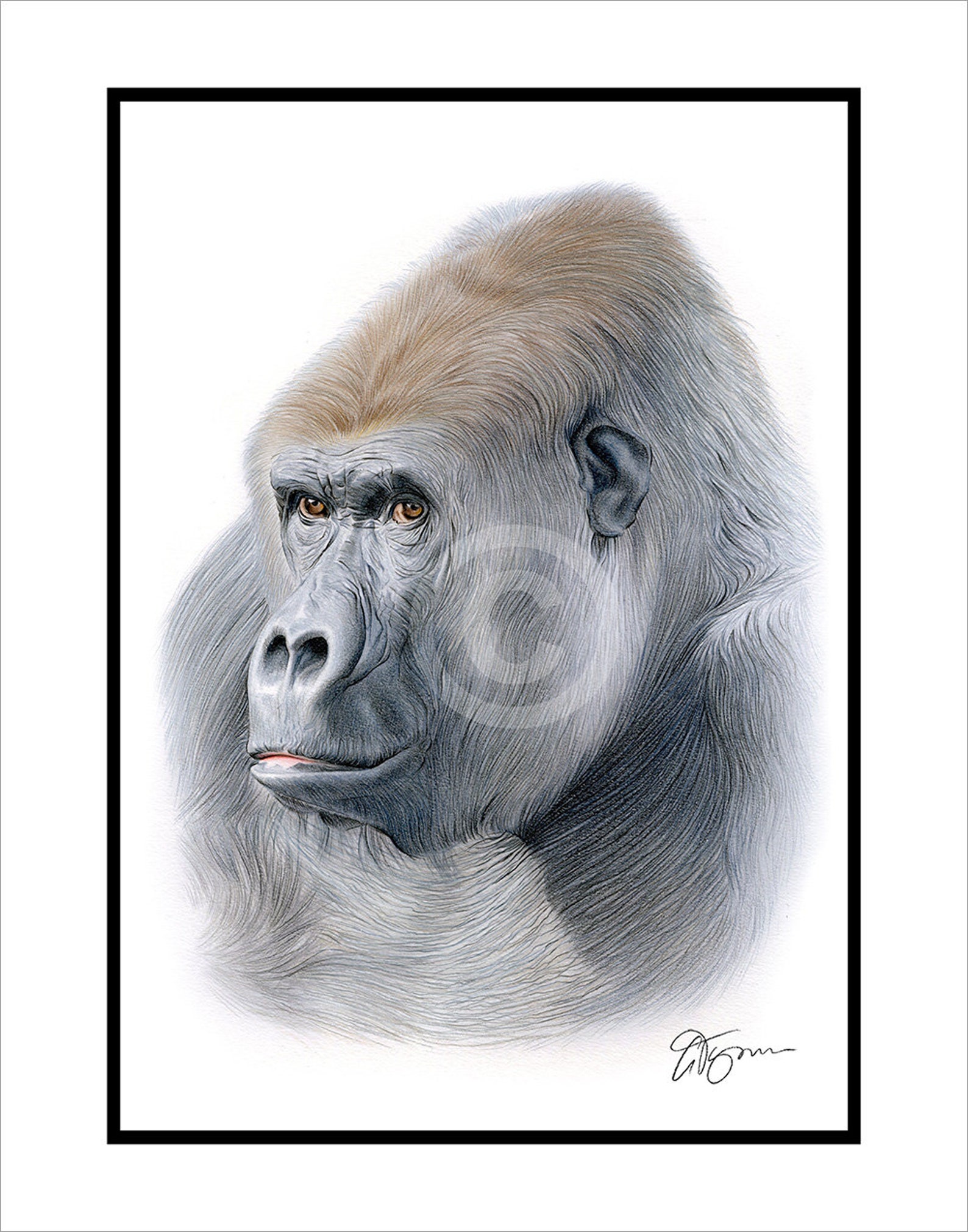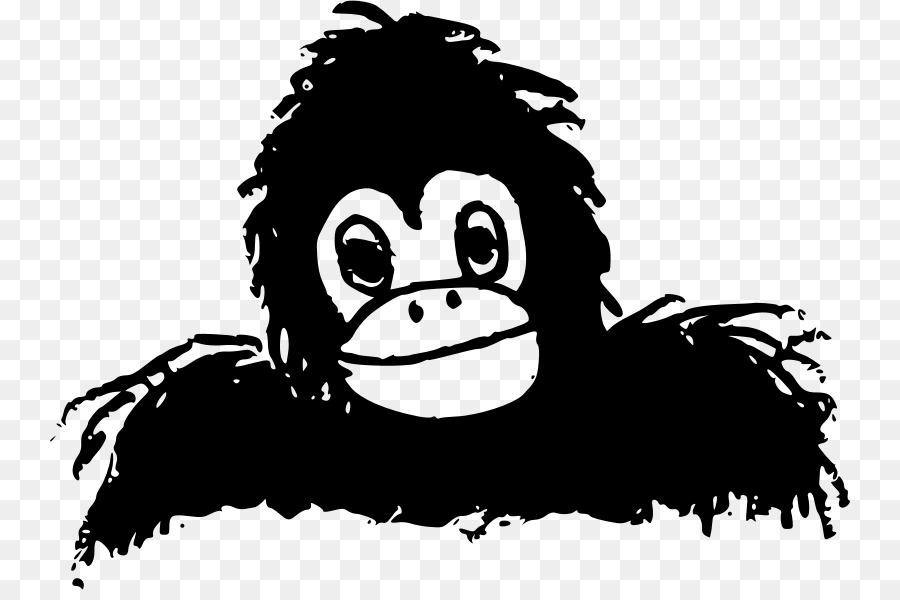

Noseprint drawings by Dian FosseyĪt our Karisoke Research Center, we take an annual photo of each gorilla’s noseprint. Finally, after a few months you reach a certain confidence to not have to think about them anymore,” he adds. “When I first started, I often repeated all of them in my head any time of the day. “The best way to memorize them is to draw the noseprint yourself and then compare it with the reality in photographs,” says Jean Paul Hirwa, gorilla program manager at Karisoke. And sometimes noseprints can change a bit as the gorilla ages. Digital photos can help a lot in the identification training process, though these must be taken at the proper angle. That means it’s important to memorize the pattern, size and depth of each and every wrinkle. Some gorillas have very distinctive noseprints, Vecellio says, while others are very similar. “It’s funny that the first thing that comes to your mind while talking about a gorilla is the nose!” To do that, hundreds of noses need to be memorized,” says Veronica Vecellio, senior gorilla program advisor.

“One of the best parts of working with habituated gorilla is to be able to identify each member of a group, with his own and unique life story. A good noseprint view for scientists to identify Taraja and infant Each gorilla has his or her own personality, role and position within the group, so it is important to know for sure who is who! Eventually our staff can identify the gorillas with just a quick look, but that’s only after months of training and of drawing the noseprint pattern of each until they are memorized. This is essential because we collect information on the gorillas every day, and observe and analyze their behaviors, both as individuals and within their groups. Whenever a researcher joins our staff, the first stage of training involves having to memorize the noseprints of all the gorillas we follow, so that they can quickly identify them when in the field. Historic noseprint reference images taken by Dian Fossey But with our staff in Rwanda, who monitor mountain gorillas every day, noseprints are a key part of their every day work and especially for their training. For the other types of gorillas, different bodily features have to be used in combination to positively identify individuals. Luckily, mountain gorillas have the most evident noseprints of all the gorilla subspecies. Today, Fossey Fund staff keep special photographs of the noseprints of all the mountain gorillas we monitor, in our long-term scientific database.


Fossey even made drawings of these, which can be seen in some of her journals, and of course photographs of them as well. This is because it was noticed that mountain gorillas have a unique pattern of wrinkles above their nostrils. Schaller, Fossey and researchers since then have been using what we call “noseprints” as identifiers for each mountain gorilla we study. This would also be useful for record keeping, so that future observers could compare information on the same individuals. But sometimes there are individuals who may look similar, at least from a distance, and when the first scientific observations of the mountain gorillas started in the 1950s, by field scientist George Schaller, and then later by Dian Fossey, a method was needed for positive identification. As with humans, most mountain gorillas look distinctly different and can be identified on sight, based on their sizes, body and facial structures, behaviors and other cues.


 0 kommentar(er)
0 kommentar(er)
